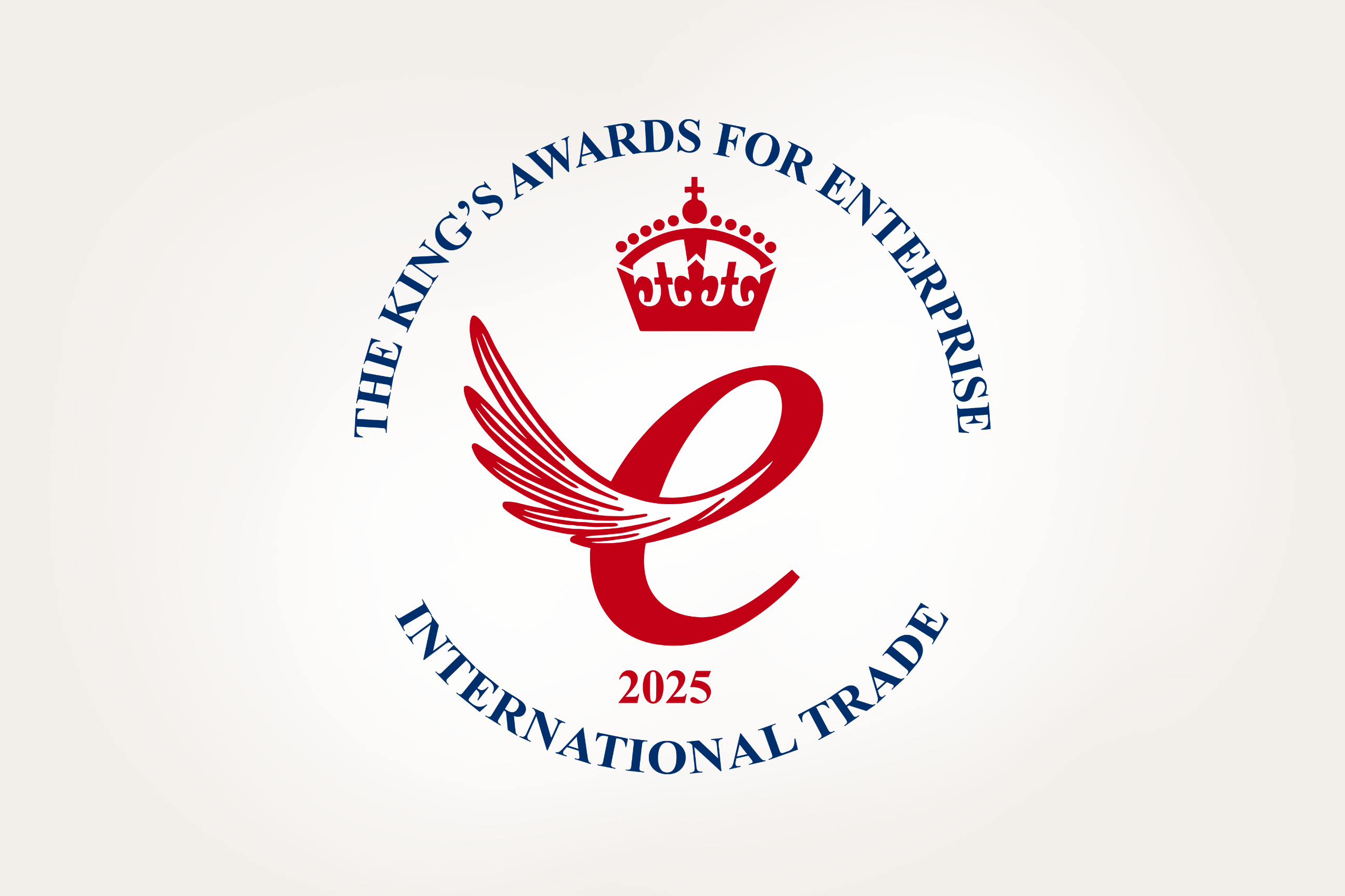The use of data to underpin commercial decision-making is now very much a mainstream approach to strategic planning for sports organisations of all varieties: our work with rights holders consistently highlights the value in developing a deeper understanding of audience demographics and, through this, identifying ways of connecting with fans beyond core event activity.
One of the most important features of this journey from brave new world to familiar territory has been the way the concept has moved from ‘big data’ to ‘better data’, with a focus on capturing the right information rather than simply the most available. Whereas previously rights holders would boast of the number of names in their mailing lists, their attention now is very much on the value that a deep understanding of those people can unlock. Certainly, more data from more sources, from longer time periods and more places will always generate the most valuable, persuasive insights – and enable the best informed decisions as a result – but that level of detail never comes cheap. The reality for all bar those in the very top tier is that the cost of acquiring and interrogating audience data always has to be balanced against the tangible benefit of its outcomes. For most rights holders, a targeted approach is increasingly the more sustainable option.
As another complexity to factor in, the introduction of the new General Data Protection Regulation (GDPR) regime last month has given many rights holders further pause for thought – there is, after all, nothing like the threat of a €20 million fine to concentrate the mind – but the more progressive among them are seeing it as far more of an opportunity than a threat.
GDPR’s insistence on communications consent, bare-essential datasets and the consumer’s right to be forgotten offers practical quality-over-quantity benefits of cleansed and more accurate information on more engaged audiences. However, it also presents an ideal moment for rights holders to review their approach to the entire business of data capture and analysis, asking themselves some essential questions about what is the right level and nature of information for the scale of their organisation, and about the way in which they evaluate the trade-off between investment in capture and analysis and the commercial return that outlay will generate.
The truth is, there is no ‘one size fits all’ approach to data and the analytics processes employed need to be selected for their relevance to the specific objectives of the rights holder and its commercial partners. For example, an organisation prioritising attendance growth might explore life-stage data to understand which ticket types and enhancements will appeal to which audience segments – so knowing an 18 to 25-yearold has bought eight tickets to a Friday night T20 cricket match could create an opportunity for pre-selling bar packages rather than a car park pass.
From The Sports Consultancy’s perspective, the focus of many of our Rights Marketing Consultancy projects is to identify and maximise the value of a sponsorship opportunity for a prospective sponsor, and data is at the very heart of our process. As part of our work with the International Cycling Union (UCI) ahead of the Yorkshire 2019 Road World Championships, we interrogated a range of data sources to segment and define the audience demographic to inform targeting, the sales narrative and valuation; and data-led analytics continues to play a central role as we engage the market during the sales process.
Cyrille Jacobsen, head of marketing at the UCI, was fully supportive of our approach. “The UCI continues to deepen our understanding of our global fanbase and how the demographic varies from country to country and event by event,” he said. “Yorkshire 2019 promises to be a fantastic event and the insights which The Sports Consultancy have developed have notably enhanced the sales proposition and engagement with prospective sponsors.”
As proliferation of marketing channels continues to grow, rights holders are competing against an ever-increasing range of traditional and non-traditional platforms. New digital channels are providing the data that brands crave in order to justify their marketing investments and rights holders must do the same in order to compete. Encouragingly, the increased attention they are paying to data is allowing them to deliver that granular level of detail, which in turn enables a more strategic approach to sponsor acquisition, building tighter, more focused sales propositions and approaching only the most relevant brands with much more tailored proposals.
Despite the apparent restrictions of GDPR and the fallout of the Cambridge Analytica-Facebook scandal, the future of marketing will continue to be about personalisation and targeted advertising. But it will also be about trust – for consumers and sponsors alike, the latter particularly in light of emerging risks such as The Times’ exposé of brand safety on YouTube – and trust is a field in which sport enjoys the inbuilt advantages of its hyper-engaged fanbase and a partner environment in which content is closely controlled, brand partnerships are well policed and the quality of output is of a consistently high standard. The passionate, emotional relationship that exists between the fan and their sport is one of the purest and most powerful of bonds and creates a layered opportunity for brands to engage clearly-defined target groups in an extremely safe setting.
To take advantage, we are encouraging our partners to think more about their use of data analytics, looking particularly at defined audience segments and using their wider interests to build engagement, create more impactful brand partnerships and realise the full commercial potential of their assets and rights. Those who can do this, and do so on a scale that delivers the necessary depth of data and insight at a cost proportionate to their reach and ambition, will continue to reap the rewards

